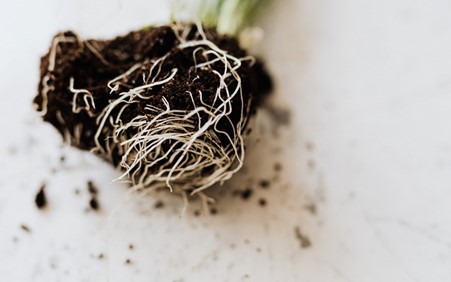Whether you’re looking to reduce input costs, improve soil health or increase crop yields, nutrient use efficiency should be a major consideration. The more efficiently your fertiliser inputs are used by the plants, the less needs to be applied. This reduces the risk of environmental damage, decreases costs of production and produces healthier plants.

Vital to nutrient use efficiency is the root system. The root systems of plants provide or support an array of vital functions; anchoring the crops, supplying moisture and nutrients, facilitating the exchange of many growth promoting substances to the plants shoot tissue, and creating a healthy soil structure. Most importantly, they are the connection between the plant and the soil where it obtains it’s nutrients.
Symbiotic relationships between soil-borne fungi and plants result in beneficial provision of nutrients and water to the plant in exchange for plant-produced photosynthetic products, such as carbohydrates, which the fungi require.
The most widely distributed association in plants is endomycorrhizas, described as inter- and intracellular (occurring within or in between cells) fungal growth developing into the root cortex. Specific fungal structures, commonly referred to as vesicles or arbuscles, are formed in the root structure, acting as nutrient and water exchange points, leading to the endomycorrhiza’s more universally recognized name, Vesicular Arbuscular Mycorrhiza (VAM) or Arbuscular Mycorrhiza Fungi (AMF), comes from.
VAM provide their host plant with mineral nutrients and water it has obtained with its fungal hyphae called mycelium. The mycelium emerging from the plants root system can acquire nutrients from soil that is otherwise inaccessible to the roots, with fungal hyphae being of a much thinner profile and able to penetrate narrower soil pores. Alternatively, some mycorrhiza hyphae produce exudates (organic acids) that solubilise nutrients like Phosphorous that have been bound in the soil profile in an inorganic, insoluble, and otherwise unobtainable form for plant uptake.
VAM modifies the transpiration rates and composition of the microflora in the rhizosphere, as well as directly enhancing the host plants growth by positively affecting nutrient acquisition and therefore plant growth.
Inoculation with VAM has been shown to enhance nutrient uptake in a variety of host plants grown in wide variety of soils. Showing the most significant response are Phosphorous, Nitrogen, Zinc and Copper, with Potassium, Calcium and Magnesium in acidic soils.
In studies focusing on shoot uptake of Phosphorous (P), uptake and growth increased in the studied host plants when compared to uninoculated plants and the soil solution from the hyphae regions showed increased solubilized P compared to samples taken from uninoculated plants. Increased shoot growth, P concentration and uptake of P was recorded in all soils of various P concentrations to begin with, with the increase most pronounced in low P soil.
When applying phosphorous fertilization, inoculated plants showed increased growth, raised P concentration in soil and P uptake into plant tissue compared to uninoculated plants exposed to the same level of fertilization. This shows the presence of VAM increased the efficiency of applied Phosphorous fertilizer for the plants. Nitrogen and Potassium soil levels and uptake also increased in VAM inoculated plants in comparison to those that were uninoculated.
Inoculation with VAM, a relatively easy process, improves plant nutrient use efficiency, reduces input requirements and increases the plants ability to grow in relatively deficient environments.
